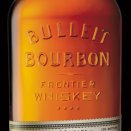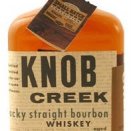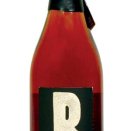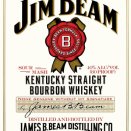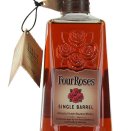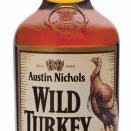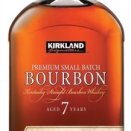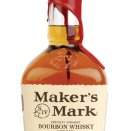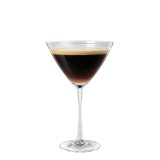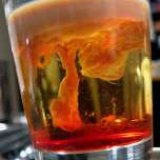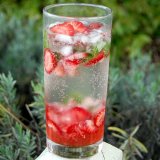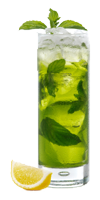Each September marks Bourbon Heritage Month. While there are other spirits with connections to America – think colonial rum and apple brandy – no spirit is as quintessentially American as bourbon. Bourbon is an amber colored whiskey that must be made from a mash consisting of a majority of corn, matured in charred American oak barrels and bottled at no less than 80 proof.
Bourbon is often associated with Kentucky but bourbon can be made anywhere in the United States as long as it meets certain criteria. That criteria is that (i) the whiskey must be made in the United States; (ii) the mash (think beer) must be made of 51% or more of corn with the remaining ingredients coming from wheat and rye; (iii) the mash is distilled to no more than 160 proof; (iv) the distilled spirit (at no more than 125 proof) must be aged in new charred American oak barrels; and (v) the spirit must be bottled at no less than 80 proof. As you can see the process is very exacting.
When discussing Bourbon, you may hear a number of additional terms. Here are a few of them:
Kentucky Bourbon – bourbon that is produced in Kentucky. The majority of bourbon in the US are Kentucky bourbons.
Straight Bourbon – bourbon that has been aged for a minimum of two years and has no additives
Bourbon with age – this is bourbon that has sat in barrel for a number of years and the youngest year of aging islisted on the label
Blended Bourbon – bourbon that is blended with additives, including other spirit, but is at least 51% bourbon
When tasting bourbon, pay close attention to the smells and flavors. Corn lends sweetness to the whiskey while wheat provides a softness and rye a spicy and floral quality. Maker’s Mark has a high proportion of winter wheat in its mashbill and is known for its soft and round qualities, while Wild Turkey has significant rye in its mashbill and offers a spicy, masculine bourbon. All bourbon spends time in new charred American oak barrels (think of this as a boon for the American wood products) that lends wood notes of vanilla, caramel, butterscotch, oak, cinnamon, chocolate and a host of other notes. The more time that the bourbon spends in barrel, the more pronounced the oak influence becomes.
At DOTW, we have tried a number of bourbons. Here are our tasting notes for the bourbon that we have “officially” reviewed:


